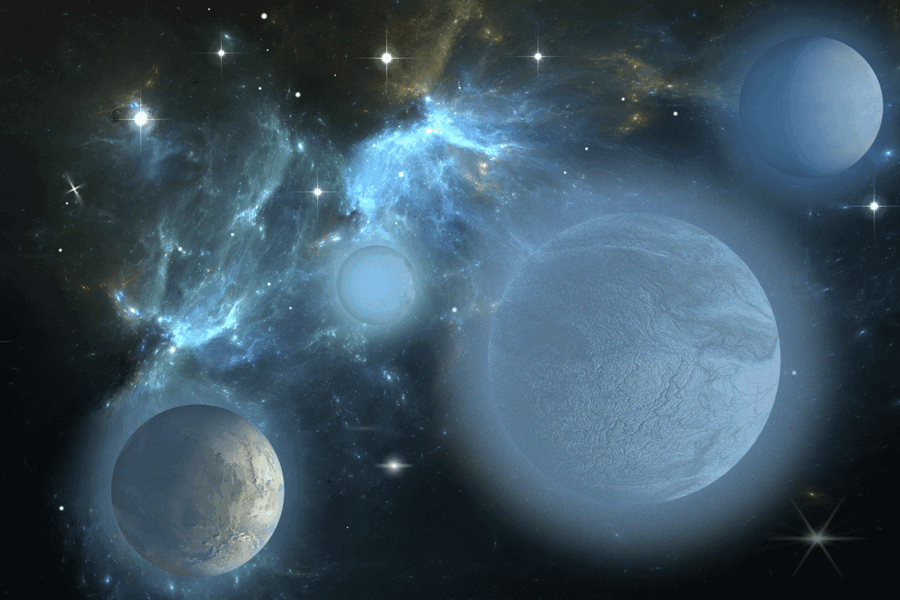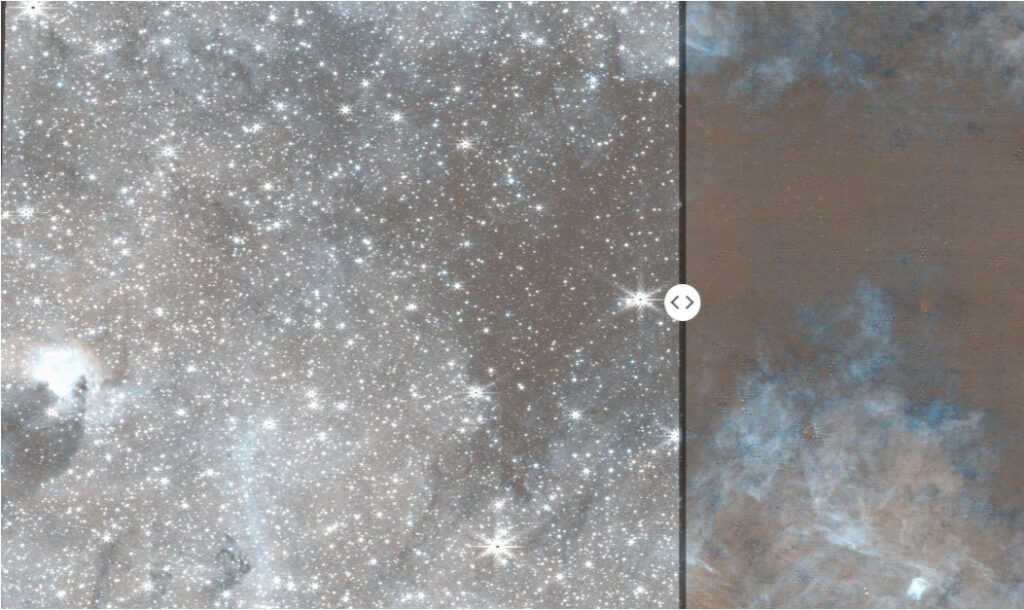
Credits:Image: Christine Daniloff, MIT; iStock
A low carbon abundance in planetary atmospheres could be a signature of habitability. Scientists at MIT, the University of Birmingham, and elsewhere say that astronomers’ best chance of finding liquid water, and even life on other planets, is to look for the absence, rather than the presence, of a chemical feature in their atmospheres.
The researchers propose that if a terrestrial planet has substantially less CO2 in its atmosphere compared to other planets in the same system, it could be a sign of liquid water — and possibly life — on that planet’s surf...
Read More









Recent Comments